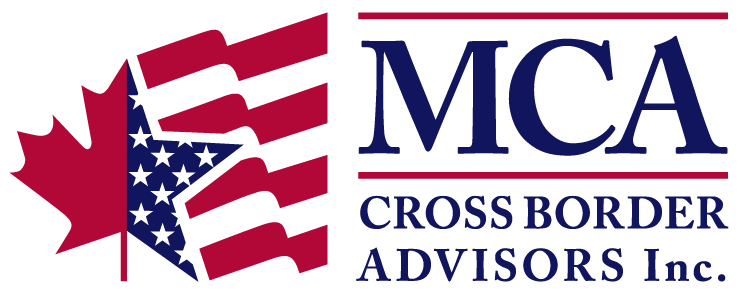The Canada-US Social Security Agreement: Benefits from Both
“It’s Halloween, everyone’s entitled to one good scare.” – Sheriff Leigh Bracket, Halloween (1978)
Planning for your retirement is no child’s play. Questions such as, “When can I afford to stop working?” and, “Will my money last?” can be nightmare-inducing. Add some cross-border considerations to this already unnerving milestone, and you’ve got yourself a potential horror story.
If you’ve worked in both Canada and the U.S., it can be difficult to determine what kind of retirement benefits you will be eligible for. Luckily, here are some tricks to demystify the rules that govern social security benefits so that you can treat yourself to a sweet retirement on either side of the border.
Canadians’ Eligibility for Canadian Social Security Benefits as U.S. Residents
If you have worked in Canada for most of your life and wish to retire in the U.S., you may wonder how your move might affect your Canada Pension Plan (CPP)/Quebec Pension Plan (QPP) and your Old Age Security (OAS) benefits.
The answer is comforting: CPP/QPP retirement benefits are based on your history of contributions in Canada and can be paid to you wherever you live. You should know that full benefits are paid at age 65, but you can elect to receive them as early as age 60 with a reduction.
OAS benefits, on the other hand, are based on Canadian residency; you may be eligible for OAS benefits even if you have never worked in Canada. They too can be paid outside of Canada provided that you have lived in Canada for a minimum of 20 years after turning 18. You can receive OAS when you turn 65.
Americans’ Eligibility for U.S. Social Security Benefits as Canadian Residents
Similarly, if you have worked in the U.S. for most of your life but plan on retiring in Canada, your U.S. Social Security retirement benefits can be paid in Canada. These contributory benefits are based on the income you’ve earned and on the length of your working career.
You need to work ten full years in the U.S. to accumulate the 40 “credits” required to receive U.S. Social Security retirement benefits. The full retirement age varies between 65 and 67 depending on your birth year. You can, however, take reduced retirement benefits as of age 62.
It is important to note that, under the Windfall Elimination Provision, your U.S. benefits may be decreased if you also receive a pension, including CPP/QPP, from work that did not require you to contribute to U.S. Social Security.
The Canada-U.S. Social Security Agreement
In the event that you’ve divided your career between Canada and the U.S., it is possible that you may not meet the requirements to qualify for retirement benefits in one or both countries.
Don’t be afraid, for a Canada-U.S. Social Security agreement exists that allows you to combine your periods of contribution or residency from both countries to help you qualify. For example, someone who has worked five years in the U.S. and another five years in Canada could add the two contribution periods to get the 40 “credits” necessary to receive U.S. Social Security benefits. Similarly, periods of contribution to the U.S. social security program after age 18 can count toward the 20-year Canadian residency requirement to qualify for OAS.
It must however be noted that the benefits payable by each country under the Agreement will be based only on the “credits” earned under that country’s social security program, and not on the combined contribution periods.
Making plans to retire in a foreign country need not be a frightening endeavor. A cross-border financial planner, much like a lantern on All Hallows’ Eve, can help you navigate through the process and alleviate your fear.
Please contact us for more information if you have questions about the Canada-U.S. Social Security agreement and how it may apply to you.

